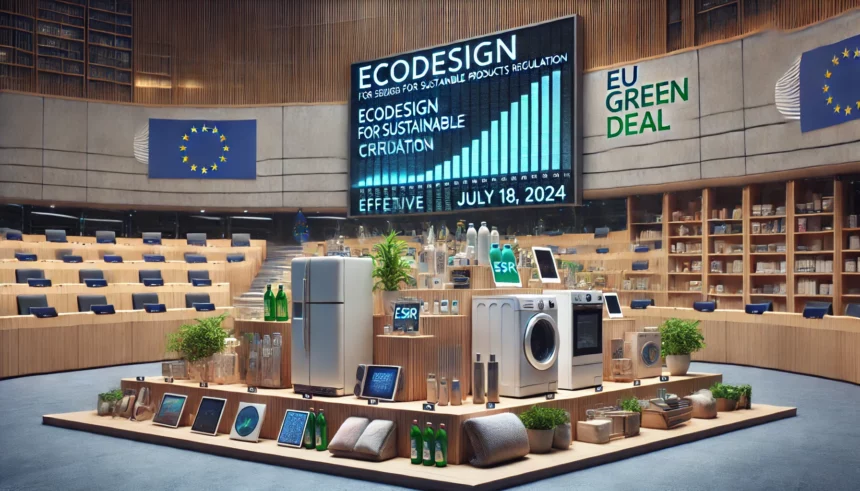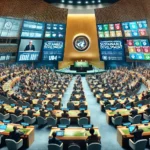Key Takeaways
- ESPR Launch: July 18, 2024.
- Main Objective: Broaden ecodesign criteria and promote sustainability.
- Long-Term Impact: Significant energy savings and reduced environmental impact.
Environmental Policy & News
The Ecodesign for Sustainable Products Regulation (ESPR) is set to replace the existing Ecodesign Directive (2009/125/EC) on July 18, 2024. This new regulation brings in more comprehensive ecodesign criteria for a broader range of products, with the aim of making sustainable products the standard in the EU market.
Understanding the Ecodesign Directive
The Ecodesign Directive (2009/125/EC) established ecological standards for product design in EU member states. It worked in tandem with the Energy Labeling Regulation, which set the rules for energy labels on products like refrigerators and washing machines. The directive focused on reducing the energy use and greenhouse gas emissions of these products.
- Key Achievements by 2021:
- Reduced energy consumption by 10% for regulated products.
- Saved consumers 120 billion euros in energy costs.
- Estimated savings doubled in 2022.
The directive promoted sustainable design, aiming to minimize the environmental impact of products throughout their life cycle, using data-driven decisions ideally measured by Life Cycle Assessment (LCA).
Transition to ESPR
Starting July 18, 2024, the ESPR will take over the responsibilities of the Ecodesign Directive, maintaining ecological standards while introducing new measures. These include a ban on destroying unsold products, further promoting sustainability in the EU.
By 2030, the ESPR could lead to energy savings equivalent to the EU’s imports of Russian gas.
ESPR and the EU Green Deal
The ESPR is part of a larger framework of regulations under the European Green Deal, aimed at making the EU carbon-neutral by 2050. Here’s how it all fits together:
1. The EU’s Green Deal
- The Vision: A policy package designed to make the EU carbon-neutral by 2050.
- Funding: Around 1 trillion euros allocated.
- Goals: Decoupling economic growth from resource use, restoring nature, and improving public health and well-being.
2. The Circular Economy Action Plan
A key policy under the Green Deal, focusing on sustainable growth.
- Objectives:
- Empower consumers to make sustainable choices.
- Reduce waste.
- Implement the “Sustainable Products Initiative.”
3. The Sustainable Products Initiative
The main instrument here is the ESPR.
- Goal: Make sustainable products the norm.
- Nature: A regulation binding for EU member states.
- Implementation: Further supported by the “EU Strategy for Sustainable and Circular Textiles” and the revised Construction Products Regulation.
What’s Next?
With the ESPR coming into effect, businesses and consumers alike will see a shift towards more sustainable products becoming the standard. This regulation is a significant step towards a more sustainable future, aligning with the broader goals of the EU Green Deal.
















